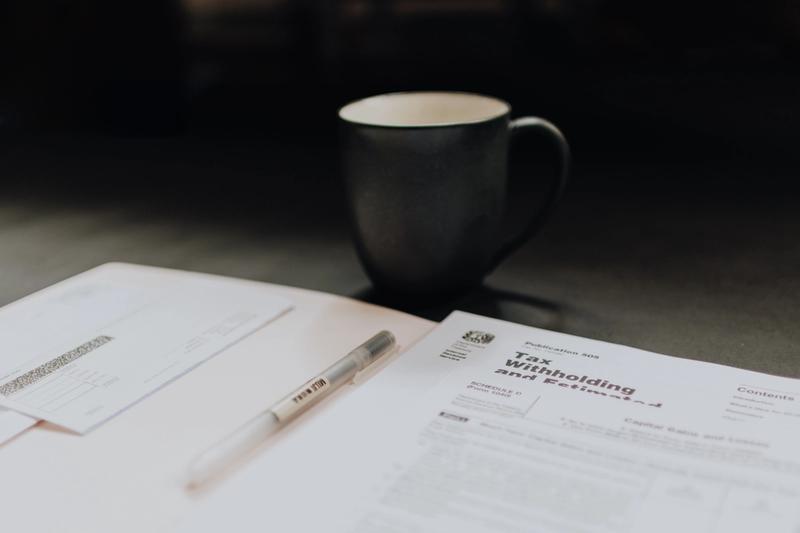
Understanding ATO Business Payment Plans
Meeting your tax obligations is an essential part of running a company, but what happens when you can’t pay your tax bill? In between being unable to pay and the ATO initiating tax collection action, there are steps you can take to avoid unwanted outcomes.
One of these is entering into a payment plan for your business.
What is an ATO payment plan?
An ATO payment plan or payment arrangement is an agreement between you and the Australian Tax Office that lets you pay off your tax debt over an agreed period of time through instalments.
The ATO will agree not to pursue tax collection activities as long as you continue to fulfil your obligations under the agreement.
A general interest charge applies to payment plans, but note the interest charge is tax deductible. Additionally, if you’re a small business with $50,000 or less owing in tax, you might be able to apply for an interest-free payment arrangement.
If you end up with tax credits or refunds at a later date, it will be used to reduce your debt but you’ll still need to meet your required instalment payments. Additionally, you can make additional voluntary repayments or pay off the entire outstanding amount any time you choose.
Why your business might need an ATO payment plan
Businesses as well as individuals could have problems paying their tax bill from time to time. It’s for this reason the ATO offers the payment arrangement option. By paying in instalments (usually over no more than 24 months), your business could find it easier to pay off the tax that’s due.
Always lodge on time even if you can’t pay the full amount by the due date, since penalties can apply if you don’t lodge as required. Rather than ignoring tax debt notifications, let the Tax Office know if you’re having trouble paying your tax as it falls due.
Keep in mind in certain cases you might be able to request for a remission of late lodgement penalties and interest charges. For example, a family illness, the death of a loved one, or a marriage breakdown could make you eligible for a remission.
Avoiding payment default
Pay every instalment on time to avoid late payments. Pay in advance of the actual due date so your payment has time to clear into the ATO’s system. If you miss an instalment, the arrangement will automatically default and the ATO could vary the payment plan or end it.
If they end it, you need to pay the full outstanding amount immediately. This could involve issuing a garnishee notice to your bank, serving papers to wind up your company, or making you personally bankrupt. A default goes on your record and future dealings with the ATO will likely be more difficult.
As a business, you could have more than one account with the ATO, so ensure you’re paying your instalments into the right account to avoid default. At the same time, remember you need to continue keeping up with future obligations like lodging returns when they’re due and paying new tax as it falls due. Also note directors are automatically personally liable for company PAYG and superannuation debts if these returns aren’t lodged with the ATO within three months of the lodgements falling due.
Finding a payment arrangement to suit your business
You can use the ATO’s payment plan estimator to work out a payment plan scenario that suits your business. The estimator lets you work out how much general interest charge you’ll pay, what your instalments will be, and how long it will take you to pay it off.
You can then use the estimator’s figures to set up a payment plan, whether it’s by calling the ATO, using the automated phone service, or through the ATO online portal in myGov. The online or automated phone options are usually only for tax debts $100,000 or less. If you need to negotiate the payment plan with the ATO, you might need to show your business is viable and able to pay its debts. The ATO might ask for financial records like profit & loss balance sheet information. In some cases, the ATO could consider a secured payment plan, which could involve registered mortgage over property or an unconditional bank guarantee.
As you work out your payment plan scenario, take future tax obligations into consideration. Set up your payments so you can fulfil these other obligations as they fall due as well. When it comes time to pay, you have a number of way you can make your payments, whether it’s funds transfer, credit or debit card, BPAY, or some other option.
A payment arrangement is a binding agreement and you’ll want to avoid defaulting on the agreed terms. When negotiating the arrangement, make sure your business can fulfil future tax debt as well as other outgoings. By keeping lodgements up to date and paying payment arrangement instalments by the due date, you could find the ATO would be more likely to agree to future arrangements without imposing stricter conditions.
Australian Debt Solvers are invested in their clients’ financial success. To learn more about aligning your business’ ATO payment plan with other costs and expenses, contact us on 1300 789 449 today.
We care about our customers
At Australian Debt solvers we take feedback seriously and pride ourselves on providing the best customer services possible
Rated 5 out of 5
